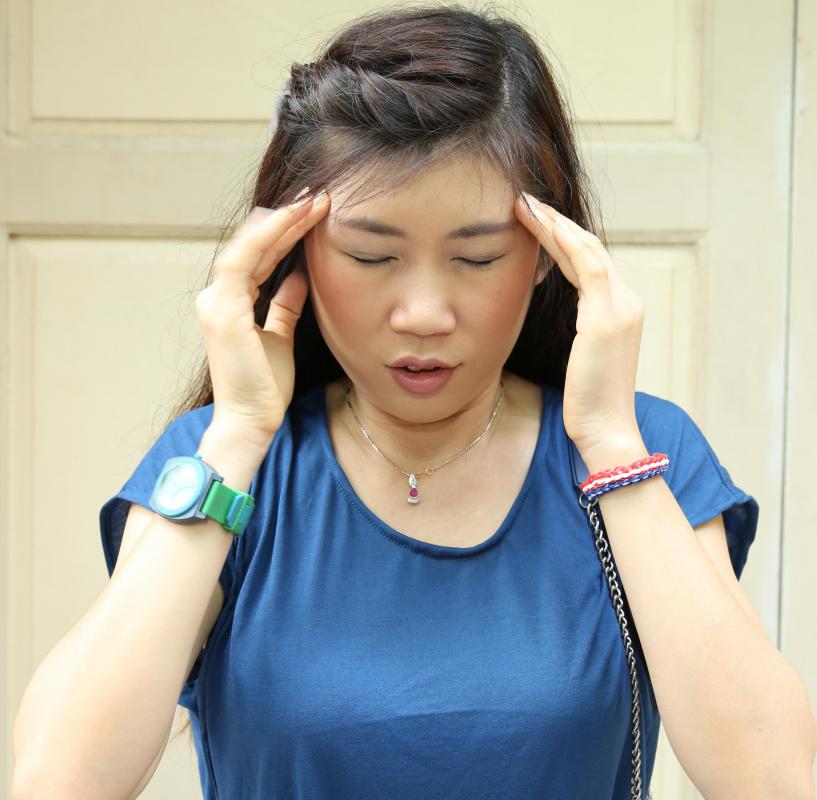At TheHealthBoard, we're committed to delivering accurate, trustworthy information. Our expert-authored content is rigorously fact-checked and sourced from credible authorities. Discover how we uphold the highest standards in providing you with reliable knowledge.
What Is Dynamic Posturography?
The assessment of posture control in a changing environment is called dynamic posturography. Balance is maintained through the combined input from the sense of touch through the feet and legs, vision, and the vestibular system, composed of the balance sensing structures in the ear. When one or all of these systems is disrupted, the result is dizziness, instability, and a tendency to fall. Dynamic posturography evaluates these problems, typically using computerized dynamic posturography (CDP), and develops a therapy program aimed at correcting these issues.
Dynamic posturography is used for any patient suffering from dizziness. Before this treatment is prescribed, the dizziness should have been present for more than one year, the cause should be unknown, it should impair or limit walking and standing, or the dizziness should be exacerbated by anxiety over falling. Many clinical studies have shown that dynamic posturography that utilizes CDP and CDP-focused therapy improves dizziness and the instability associated with it.

The three areas tested during dynamic posturography are sensory organization, motor control, and adaptation. During the sensory organization test, the patient’s ability to use and discard sensory information is tested to determine if a patient can use sensory information effectively or performs incorrect adaptive responses. The motor control test evaluates the ability and speed with which a patient can recover stability after a quick or sudden change. An adaptation test checks how a patient controls his sway when confronted by an unpredictable tilt forwards or backward. The reaction of the patient during these tests is the foundation for therapy to improve balance and stability in the needed areas.

Computerized dynamic posturography is the most widely used diagnostic tool for dynamic posturography. For a CDP evaluation, the patient stands facing inward inside a movable, open-backed enclosure painted with a simple scene to help orient the patient. The foot plate underneath the patient rotates and moves side to side. A life-jacket type harness is placed on the patient and is tethered to supports so that, if balance is lost, the subject will never fall. During an exam, choreographed movements of the enclosure and the footplate challenge the patient’s stability and eliciting a physical reaction.

The patient’s physical movements in response to changes in the footplate and enclosure are recorded during the CDP exam. These recorded movements are later analyzed to evaluate the patient’s balance control. Therapy is designed based on these results. Periodically during the therapy sessions, the patient will be retested on the CDP machine to determine if the balance control is improving or if the therapy needs to be changed. Once performance on the CDP improves to a certain level, the therapy will be stopped.
AS FEATURED ON:
AS FEATURED ON:














Discuss this Article
Post your comments